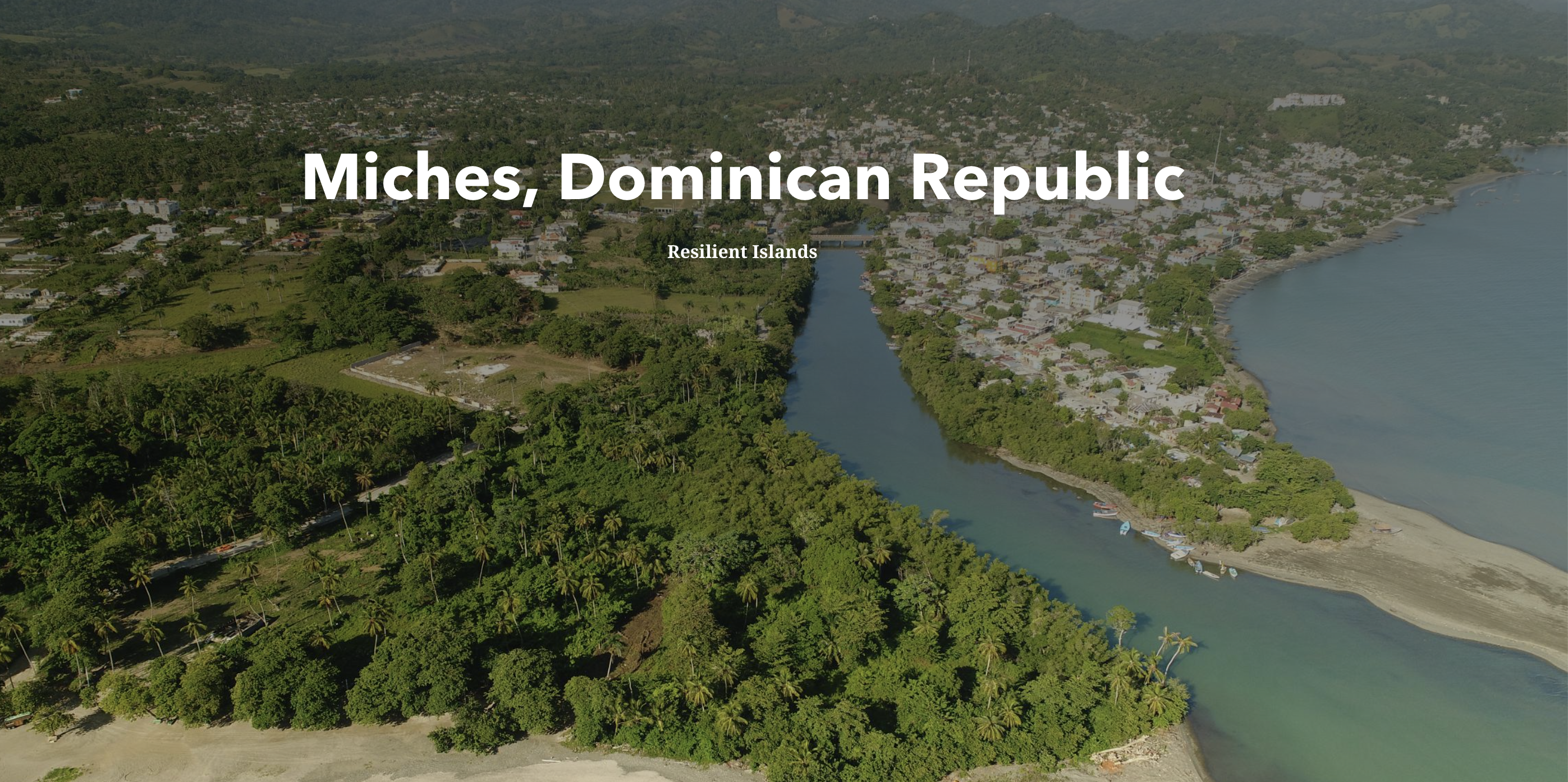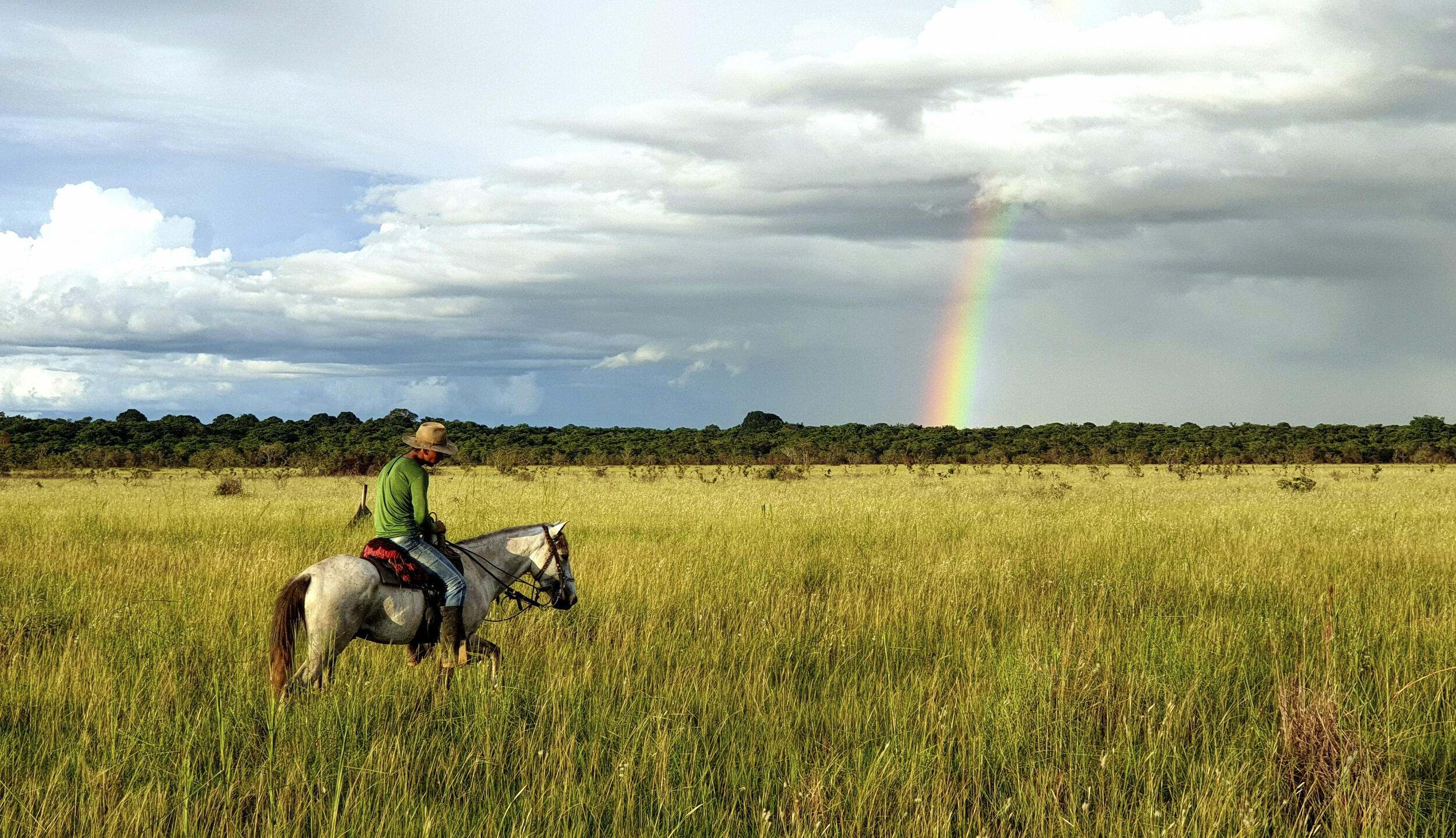As the world grows more complex and interconnected, and climate change adds unpredictability to complexity, adaptation planning for resilience in the face of a climate-challenged future is a necessity. But it isn’t and, won’t be, easy.
Become a Member
Making a lasting impact for nature when you join The Nature Conservancy.
Climate change, as we have seen, can undo the best laid plans. It is the wild card of all wild cards when it comes to adding uncertainty into planning scenarios. TNC’s Climate, Risk and Vulnerability (CRV) work is about reducing that uncertainty by understanding community needs. It goes directly to the heart of TNC’s mission—lasting conservation—in the face of previously unknown climatic complexity.
To tackle this challenge, TNC is starting where we’ve always started: with science, with place and with the people who live there. It is another important aspect of the “Think Global, Act Local” way that underpins so much of TNC’s work.
Scaling Climate Adaptation Through Community Partnerships
“The CRV project is about creating a scalable model,” says Priya Shyamsundar, Lead Economist for TNC, “that marries the IPCC risk assessment framework with TNC’s core strategies—partnering with communities, identifying nature-based solutions, and assessing for potential impact and investment needs.”

“This approach helps us target areas where action is most needed, design effective and inclusive strategies, and communicate clearly with stakeholders,” notes Nick Wolff, Global Director of Climate Science. “And because the IPCC framework is widely recognized and applied around the world, it enhances transparency and collaboration, making it easier to align with international partners and engage funders and local communities.”
Local Vulnerability Assessments Are the Key to Resilience
Effective conservation planning requires integrating both quantitative assessments and local appraisals of climate risk—grounded in the realities of specific places and societies. These insights are essential for safeguarding environmental health and ensuring long-term resilience.
Because funding is limited, NGOs, governments, businesses, and the communities they serve must make informed choices about where investments will deliver the greatest and most lasting impact: people and nature thriving together. Understanding local vulnerabilities is not optional—it’s foundational.
To pilot scalable nature-based adaptation approaches developed by the CRV project, TNC conducted climate risk assessments in Kenya, the Dominican Republic, and Colombia—risk results are currently being validated through local appraisals (direct engagement with communities and households). These pilots are helping to identify location-specific climate risks and refine adaptation strategies and financing requirements in close collaboration with local stakeholders.
How Communities Are Implementing Nature-Based Solutions Across Three Regions
KENYA / Decreasing Vulnerability to Drought and Flood Risks
Climate change is amplifying drought and flood risks across Kenya. Rainy seasons are becoming more intense and concentrated, while dry periods are increasingly prolonged and unpredictable—often tipping into severe drought.
“Climate change often adds pressure to communities already facing significant challenges such as food insecurity, natural resource degradation, and poverty,” explains TNC’s Africa Climate Adaptation Specialist, Jared Gambo. “Our goal is to identify the most vulnerable communities and help them adapt to this added complexity.”

In discussions with Kenya’s pastoral and agro-pastoral communities, two priorities emerged for climate adaptation: grassland restoration and water management. Based on this consensus, TNC and partners are evaluating the economic, environmental, and social viability of two nature-based adaptation solutions: water pans and semi-circular soil bunds seeded with native grasses.
- Water pans are lined ponds that collect and store rainwater, providing a reliable water source for livestock and wildlife during drought conditions.
- Soil bunds are half-moon-shaped trenches that capture rainwater and allow it to slowly infiltrate the soil. These low-tech solutions reduce erosion, promote vegetation growth, and, when planted with native grasses, help restore and manage degraded grasslands.
Both approaches aim to strengthen resilience in arid and semi-arid landscapes, supporting livelihoods while improving ecosystem health.
DOMINICAN REPUBLIC / Reducing Risks from Hurricanes and Coastal Flooding
In the Dominican Republic, communities are especially focused on mitigating their increased risk to hurricanes and coastal flooding. The Dominican Republic SIUBEN’s Climate Shock Vulnerability Index shows that 30% of the Dominican population is very vulnerable to extreme weather events. And according to the Dominican Republic’s Central Bank, hurricanes, on average, trigger a 15-month economic recovery period, with estimated losses of around US$1.1 billion.
To begin to understand and address how these risks touch down in a specific place, TNC and its partners collaborated with communities in the municipality of Miches to identify the factors contributing to their vulnerability to flooding. Communities identified poverty and ecosystem degradation as major contributors to various concerns, including reliance on limited income sources, neglected or diverted drainage canals, inadequate waste management, unsustainable farming methods, and unplanned land clearing for agricultural and developmental activities.

Following community meetings, TNC and partners examined a series of nature-based to reduce exposure and increase resilience for residents of Miches. Currently, economic analyses are focused on evaluating the costs of nature-based adaptation solutions such as mangrove restoration and upstream reforestation. This would be part of a longer term “reef to ridges” approach.
Communities emphasized, though, that any risk reduction also had to incorporate work to reduce vulnerability by including sustainable economic development, diversified crops, access to credit, development expertise and access to new markets. Nature-based solutions have more acceptance and lasting impact when it is clear how they directly relate to livelihoods.
COLOMBIA / Hazard and Risk Assessment in the Orinoquía
Colombia’s Orinoquía is one of the most iconic places in the world and a high priority for TNC. This region represents nearly 30 percent of Colombia’s territory and has a population of 1.9M people. It is also home to nearly half of the country’s natural savannas and wetlands and about a quarter of it is held in recognized indigenous reserves.
In the Orinoquía, life has always revolved around the rhythm of wet and dry seasons—but that rhythm is breaking. Climate change is turning familiar patterns into extremes. When the rains come, they are expected to pour harder than ever, with precipitation during the wet season projected to surge by up to 26% by 2040. Then, almost without warning, the pendulum swings: dry seasons grow harsher, rivers shrink, and in some areas, annual flows could plummet by 50 to 90% compared to historical norms.
For communities that depend on these cycles, the stakes couldn’t be higher—water abundance and scarcity now collide in ways that threaten livelihoods and ecosystems alike.

Assessing risk across a region as large and diverse as the Orinoquía requires collaboration with stakeholders to access multiple data sources, as well as advanced analytical methods. TNC launched a comprehensive risk assessment addressing four key dimensions—food security, water resources, biodiversity and human—under both wet and dry conditions. This sophisticated assessment required integration of the latest downscaled climate projections with detailed hydrological models.
TNC has shared its climate risk findings with some Colombian government entities, including Manacacias National Park and the Government of Casanare. The former is planning to integrate these findings into its park management plan. TNC is also working with Indigenous communities to share climate risk findings, explore their priorities for nature-based solutions—such as moriche forest restoration, regenerative cattle ranching, among others—and co-design actions that strengthen climate resilience while assessing investment needs and opportunities.
Future-Proofing Communities Through Science and Local Action
Meeting the pace and scale of the climate crisis means finding ways to work both faster and smarter. This work helps reduce climate-related uncertainty in conservation planning and implementation wherever it takes place.
Our component-based approach allows us to assess different dimensions of risk—such as food security, water availability, and flood reduction—for specific places and communities. It can be applied flexibly, either in parts using available data or as a comprehensive assessment, making it adaptable for scaling climate adaptation across conservation projects worldwide.
“The CRV project,” says Shyamsundar, “aims to reduce climate-related uncertainty in conservation planning and implementation. We’re doing this by trying to understand within the context of very specific places what climate hazards exist, and which people and sectors are vulnerable and exposed to these hazards. We then dig deeper to understand local perceptions regarding climate risks and the costs of, and where possible, the returns on investing in nature-based solutions. We hope to identify key nature-based adaptation investments that can be integrated into ongoing and future work, not just for TNC, but for everyone—business, governments, communities—working to future-proof their economies, communities and environments.”




Join the Discussion